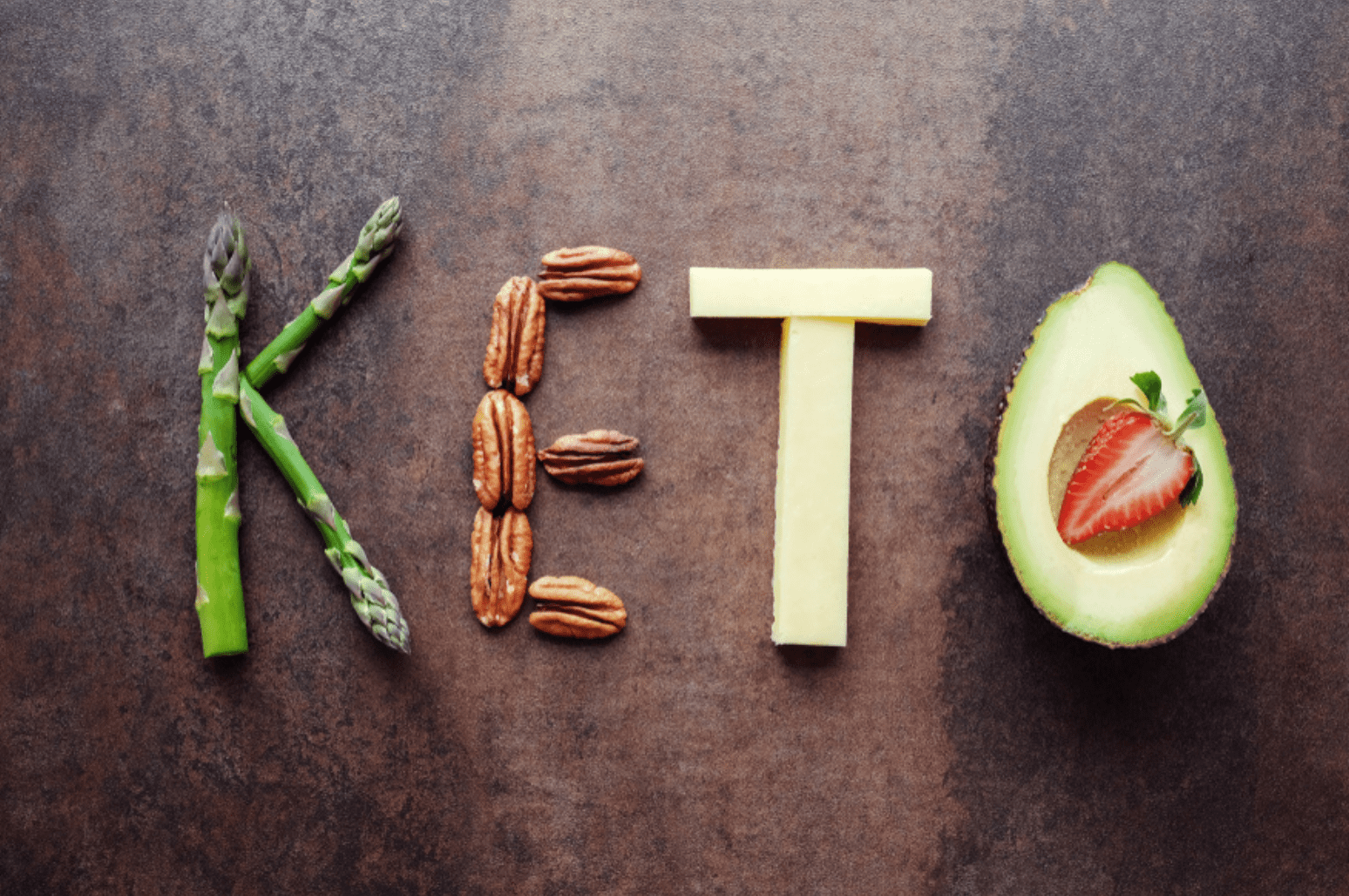
Ketosis is a metabolic state in which your body produces ketone bodies and uses them – instead of glucose – for fuel. If you’re new to keto, you might have heard that ketosis is bad, but to clarify, there are a few different types of ketosis. Diabetic ketoacidosis is a dangerous condition in which too many ketones are produced and the acids build up in the blood. This is a serious condition, but this is not the type of ketosis that aim for when they are on the keto diet. Overconsumption of alcohol can also trigger this metabolic state but, is completely different from obtaining it through diet.
Ketosis, in relation to the ketogenic diet, is called nutritional ketosis. Nutritional ketosis is a subtype that is triggered by dietary modifications – such as the restriction of carbs.
When carbs are reduced – to around 20 – 50 grams – the body will run out of stored glucose. Stored glucose, called glycogen, is what the body normally uses for fuel. When those stores run out, the body turns to a new fuel source – fat. Free fatty acids are broken down in the muscle for energy so you can power through your workout. Free fatty acids are also broken down in the liver, where ketone bodies are produced. Ketones can enter the brain, which means the brain and nervous system function well on ketones.

Ketones allow your body to burn fat while sparing muscle, which is why so many dieters turn to the keto diet when they want to get in shape and lose weight. This is why the goals of the keto diet are to get you into ketosis and become fat-adapted. When you are in a state of ketosis, you’ll have more energy, more focus, stay in fat-burning mode, and feel like the best version of yourself.
References
Masood W, Uppaluri KR. Ketogenic Diet. [Updated 2019 Mar 21]. In: StatPearls [Internet]. Treasure Island (FL): StatPearls Publishing; 2019 Jan-.







